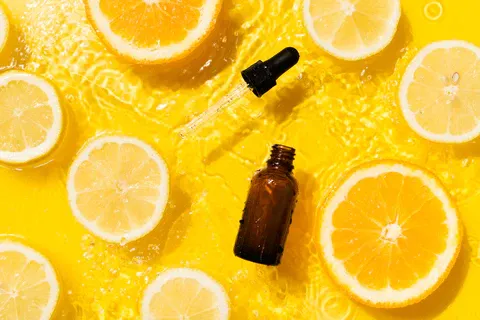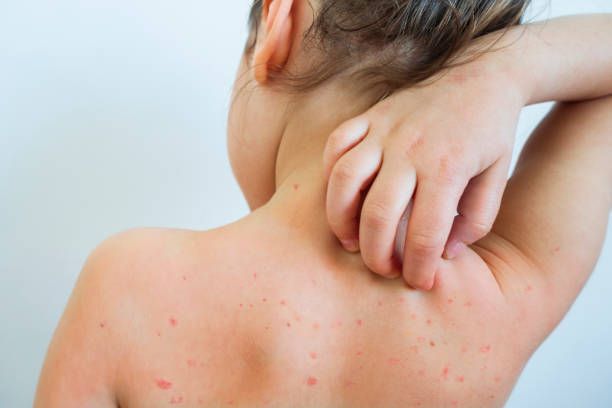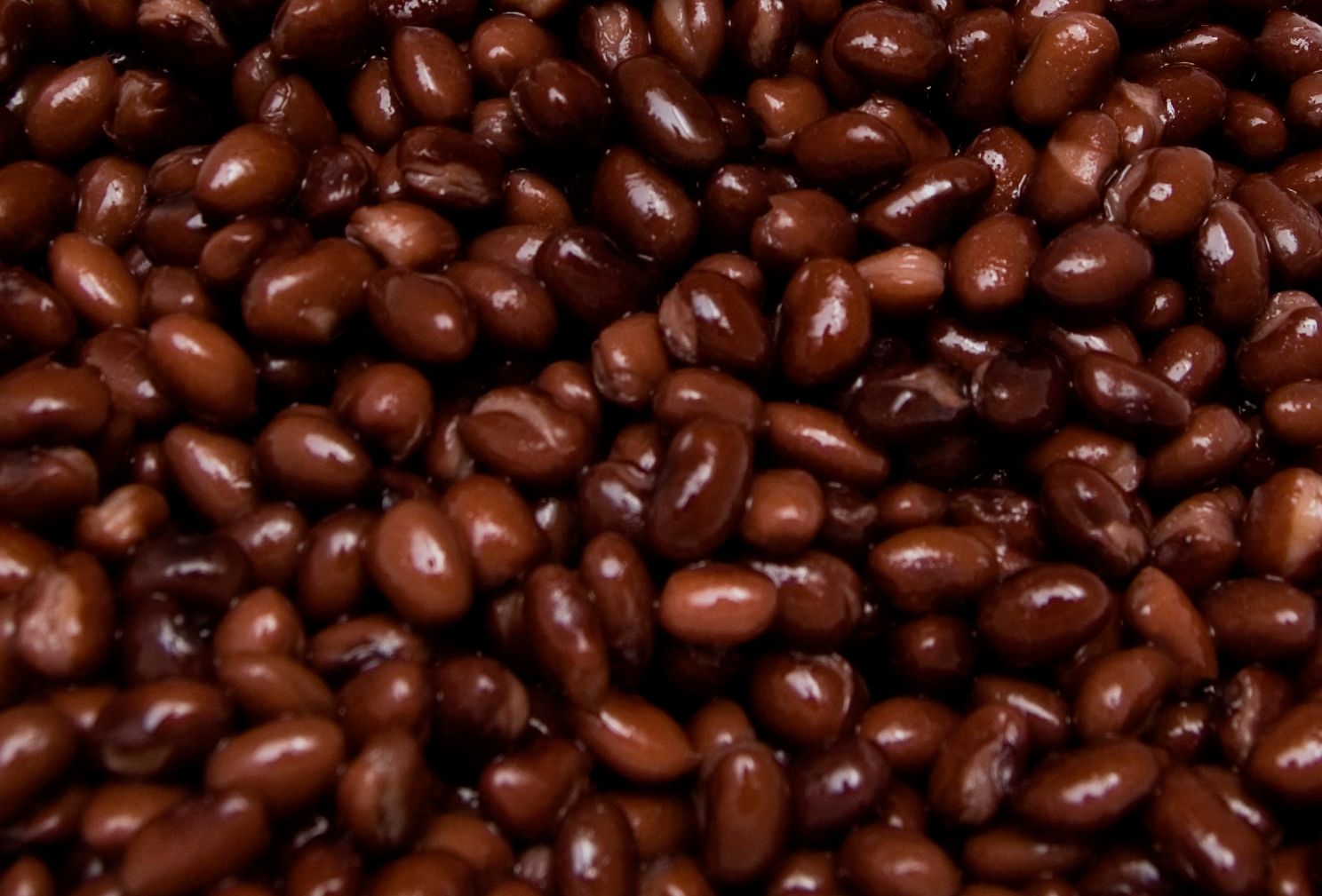
Unmasking Melanin: Your Skin’s Best Defense and Fashion Statement
- Aug 4, 2024
We wear our skin every single day. More than just a body cover-up, it’s a marvelous biological canvas painted by an artist known as melanin. This pigment is crafted by the diligent cells called melanocytes and is the secret behind the spectacular spectrum of skin colors sported by humans worldwide – from as darkly enchanting as a moonless night to as pale as a winter sunrise.
So, if you've ever wondered why people are born with different skin colors, you might want to thank melanin. This seemingly ordinary pigment also determines your hair and eye color, and even pulls off some amazing biological stunts. It's more than just a physical attribute – it's your body's very own sunblock. Upon meeting UV rays, melanin production ramps up to protect your DNA from solar assault.
Lucky for us, melanin isn’t partial to eyes and skin only. It’s also found in the retina, playing a vital role in your visual perception. The pigment manufacture happens in melanocytes, special cells that boast a surface protein known as the melanocortin 1 receptor (MC1R). This gene is integral to human pigmentation, but other genes join in the coloring party too, affecting melanin production in hair.
Two forms of melanin are at play: Eumelanin and Pheomelanin. Predominantly eumelanin producers are bestowed with dark skin, hair, and eyes. However, the ones manufacturing mostly pheomelanin end up with fair skin, blonde or red hair, and blue, green, or hazel eyes. Amusingly, our hair and skin melanocytes sometimes refuse to coordinate, resulting in possible combinations like light skin and dark hair.
Gray hair isn't a sign of laziness, but a sign of melanocytes slowing down and eventually putting an end to melanin production. And while melanin does a fairly good job shielding against UV damage, it's not your knight in shining armor during a beach outing. Make sure to compliment it with sunscreen to steer clear of potential UV trickery.
Melanin isn’t just for aesthetics; it impacts health conditions, too. For example, increased melanin bestows tropical latitude dwellers with darker skin, providing efficient defense against UV damage and skin cancer. The light-skinned populous produce less melanin, making them more susceptible to UV harm. This lack of melanin, conversely, is advantageous in regions with weaker solar radiation as it aids better Vitamin D production.
Anomalies in melanin production can manifest as conditions such as vitiligo, albinism, and phenylketonuria. And while products like tanning shots and accelerators claim to act as melanin magic potions, they're more likely to be dangerous shams than miracle workers. But fear not, there's always the safer and FDA-approved option of sunless tanners.
At the end of the day, melanin is more than just a pigment; it's a faithful guardian and beautifier of every person's unique body canvas.






